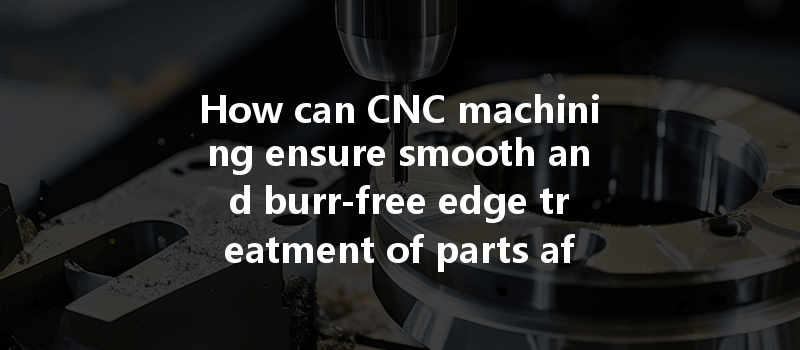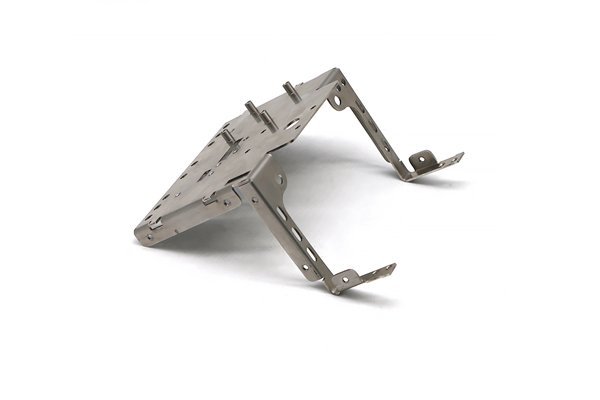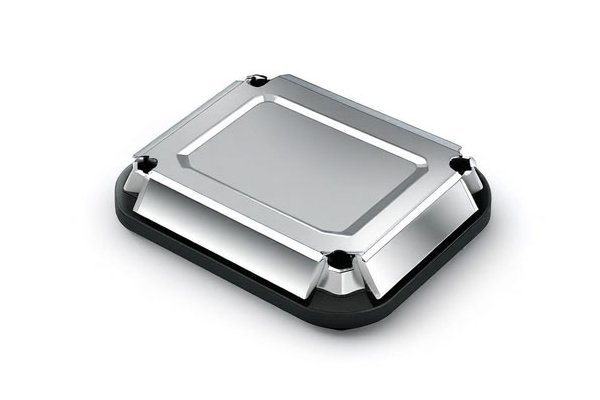—
Did you know that the quality of edges on machined components can significantly influence the performance and longevity of a product? According to industry statistics, parts with burrs can lead to assembly issues, increased wear, and even functional failures in high-precision applications. In the world of CNC machining, ensuring smooth and burr-free edges is not just an aesthetic concern; it is a matter of performance, safety, and durability. In this blog, we will dive into the intricate world of CNC machining and explore effective strategies to achieve optimal edge treatment.
—
Understanding Burr Formation
Before we can explore methods to achieve smooth edges, we must first understand what burrs are and how they form. Burrs are the unwanted protrusions or rough edges left on material after it has been cut, punched, or machined. They can occur due to several reasons:
The Importance of Edge Treatment
The edges of machined parts serve various crucial functions, depending on their application. Smoothing these edges is essential for:
Techniques for Burr-Free Edge Treatment
Now that we understand burrs’ importance and implications, let’s explore effective strategies to achieve smooth and burr-free edges in CNC machining:
Tool Material: Use high-quality tooling materials appropriate for the machining task. Materials such as carbide and high-speed steel can provide better performance and lower the chance of burr formation.
Tool Geometry: Tools with specific geometries can minimize burrs. Designs that promote cleaner cutting action (like high-positive rake angles) help eliminate tearing and distortion.
Speed and Feed Rate: Adjusting spindle speeds and feed rates can make a significant difference. A lower feed rate allows for a more controlled cut, reducing the chances of burrs forming during machining.

Depth of Cut: Shallower cuts can often result in less pressure on the material, reducing burr formation. This may require multiple passes but ultimately leads to smoother edges.
Climb Milling vs. Conventional Milling: Climb milling can improve the edge quality by allowing the tool to engage the material more gently, producing less burr and improving surface finish.
Finishing Operations: Engaging in secondary processes like polishing, grinding, or deburring significantly enhances the edge quality, ensuring a burr-free finish.
Regularly inspect and replace tooling as necessary. Worn tools can lead to diminished performance and result in the creation of burrs. Establish a tool maintenance schedule that includes:
Modern CNC machines come equipped with advanced features that help control burr formation:
Adaptive Cutting Technology: Machines that employ adaptive control adjust parameters in real-time based on feedback from the cutting process. This adaptability allows for dynamic adjustment, leading to improved surface finishes.
Multi-Axis Machining: The use of 5-axis CNC machines can better access complex geometries, allowing for smoother cuts and less risk of burr formation in intricate parts.
After machining, it is vital to engage in post-processing methods to further ensure smooth edges:
Deburring Techniques: Various deburring methods exist, such as mechanical deburring, thermal deburring, and electrolytic deburring. Each presents a unique set of benefits and suitability depending on the application.
Surface Treatments: Applying coatings or surface treatments can help to smooth out remaining micro-burrs and improve the overall edge quality.
Lastly, investing in operator training is crucial. Skilled operators are more adept at recognizing symptoms of burr formation and can adjust processes accordingly. Continuous training in new techniques and technologies should be a part of the operational culture.
—
In summary, ensuring smooth and burr-free edge treatment in CNC machining is a multifaceted challenge that demands attention to detail from tooling selection to cutting parameters, advanced techniques, and operator skill development. By implementing the strategies discussed — from selecting the right tools and optimizing machining parameters to employing advanced equipment and thorough training — manufacturers can significantly enhance the quality, performance, and safety of their machined products.
Remember, the integrity of a machined part extends beyond its aesthetics; it affects its usability and success in the market. As competition increases and customer expectations rise, mastering burr-free machining processes becomes not only a technical necessity but a strategic advantage in the manufacturing landscape. Engage with these practices deeply, and reap the rewards of superior quality and satisfied customers.
Related Posts
- How to Choose the Right CNC Machining Process for Aluminum: Key Considerations and Tips?
- Here’s a question-style FAQ title based on the provided keywords: What Are the Advantages and Disadvantages of 3D Printing Compared to CNC Machining Plastics?
- What Are the Key Benefits of CNC Machining for Custom Metal Parts in Various Industries?






